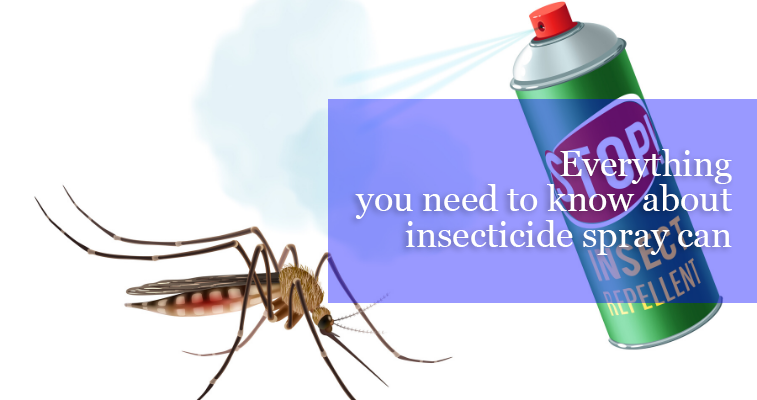Aerosol cans, as a convenient form of packaging, are widely used in a variety of fields such as personal care, household cleaning, food and so on. With consumers increasingly concerned about environmental protection and convenience, the aerosol can industry is facing unprecedented opportunities for growth. This article explores future trends in the aerosol can industry, particularly in terms of sustainability, intelligence, and technological innovation.

-Sustainability: environmentally friendly materials and design
As the world becomes more aware of environmental protection, the aerosol can industry is progressively adopting more environmentally friendly materials and designs. Aluminum aerosol cans are preferred for environmentally friendly packaging due to their 100% recyclability. Manufacturers are working to increase the use of recycled aluminum and reduce the need for raw material extraction, thereby reducing energy use and greenhouse gas emissions. In addition, the application of lightweighting technology is also playing an important role in reducing material use and carbon emissions.
-Intelligent: integrating sensor and IoT technologies
Another notable trend in the aerosol can industry is intelligence. By integrating sensors and wireless communication technologies, smart aerosol tin cans are able to monitor the remaining amount, remind replacement, and integrate with smart home systems to provide a more convenient user experience. This intelligence not only enhances the user experience, but also helps in the effective management of resources.
-Market expansion: growth in emerging markets
Adoption of aerosol cans is on the rise as consumers in emerging markets continue to demand convenience and sustainability. Countries in Asia, Latin America and Africa are experiencing increased urbanization and the rise of the middle class, leading to increased consumption of personal care, household and pharmaceutical products. Aluminum aerosol cans are seen as a premium packaging option with durability, portability and environmental benefits that appeal to consumers in these regions.
-Environmental regulations: promoting green development of the industry
Increasingly stringent environmental regulations are placing higher demands on the aerosol can industry. Enterprises need to continue to develop environmentally friendly materials and processes to reduce the impact of products on the environment. At the same time, the government also through the development of relevant policies and standards to promote the green and sustainable development of the aerosol can industry.
-Conclusion
Future trends in the aerosol can industry suggest that sustainability, intelligence and technological innovation will be key drivers of industry growth. As consumer demand for environmentally friendly and convenient products continues to grow, the aerosol can industry must adapt to these changes to remain competitive in the market. By adopting environmentally friendly materials, smart technologies and continuous technological innovation, the aerosol can industry is expected to achieve sustainable growth while meeting consumer needs and expectations.

